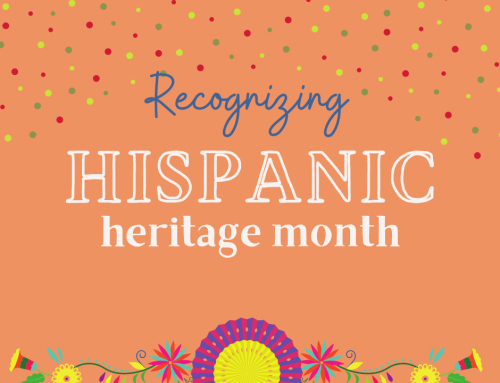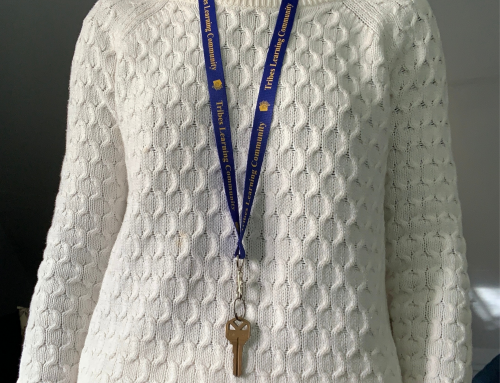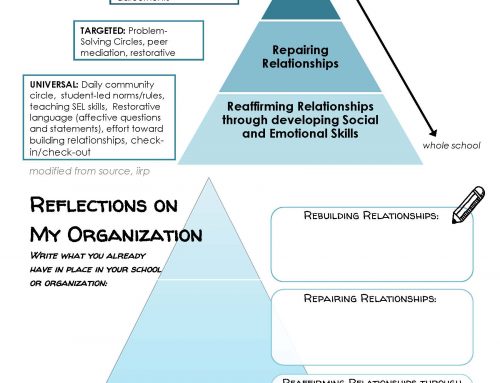This blog was written by a student in our recent online course.
Assessment is an integral part of every classroom and can sometimes become quite a daunting task. I have seen through our readings and assignments; just how important teaching and assessing the whole child through different forms of assessment truly is. We all learn in different forms and thus should be taught and assessed in ways which set us up for success. Before taking TRIBES and my Kindergarten part 1 course I found the idea of properly assessing within a full day kindergarten class quite terrifying. I did not realize how many different ways you could assess these students and what would work for everyone. I found this video (link below) and our TLC readings very helpful in modeling what would work best for differentiated assessment for a classroom. The assessment tools I believe would work best within the kindergarten classrooms I have been in go as follows:
Documentation through pictures and/or video
I believe this is an excellent assessment tool because it can activate prior knowledge, it allows the students to make real connections to their work and it provides a great visual for not only students to examine, but also their parents/guardians. The whole community of learners is able to see and appreciate what the students are learning. Students and teachers are able to revisit past work and discuss and expand upon it. I also feel that documentation allows teachers to revisit their students work to see where their strengths and weaknesses lie, thus allowing them to provide support where needed. Lastly, I enjoyed how the one teacher pointed out that documentation shows not only the teacher, but the students who is/has participated in previous activities. This can offer additional motivation for students to participate more if they don’t see themselves in past documentations
Continuous Observation
The use of observation within a classroom is a crucial tool of assessment. The incorporation of anecdotal notes and checklists with direct observation will allow teachers to review this data at a later point if needed. I believe when observing really listening to what the children are exploring or discussing is very important. This will help the teacher to learn the interests of their students, as well as who may need additional support and where. Observing students through exploration and experimentation provides a rich environment for assessment. Asking the students probing questions during these times of exploration can open up further doors for assessment and development. I really liked that the two teachers discussed the idea of changing the centers up or rearranging the room when they felt like the learning was decreasing among the students. Just like adults, children need to remain engaged and excited about when they are learning. Changing things up in the classroom will help to keep things exciting and keeps the learning flowing. Direct observation seems like such a simple tool, but if used properly it can be an extremely effective way of assessing students.
Working as a Team
I thought this was an excellent way to effectively assess students. With the teacher and ECE working together to observe the students, this allows for more students to be observed and assessed. It provides a great opportunity for either the teacher or ECE to sit back and really get to see who is excelling and who may need some future support in different areas. If you are always involved in the exploration and experimentation it can be difficult to be able to see everything that is going on. Therefore it is great for the teacher and students, if there is a second body present that can solely observe what is being discussed.
Assessment within a classroom can be demanding and will keep the teacher on their toes. This particular video gave me more confidence and ideas in how to keep my classroom environment exciting, my students engaged and my assessment up to date and relevant.
Kindergarten Matters Intentional Play-Based Learning: It’s About Documenting
http://resources.curriculum.org/secretariat/kindergarten/documenting.html



